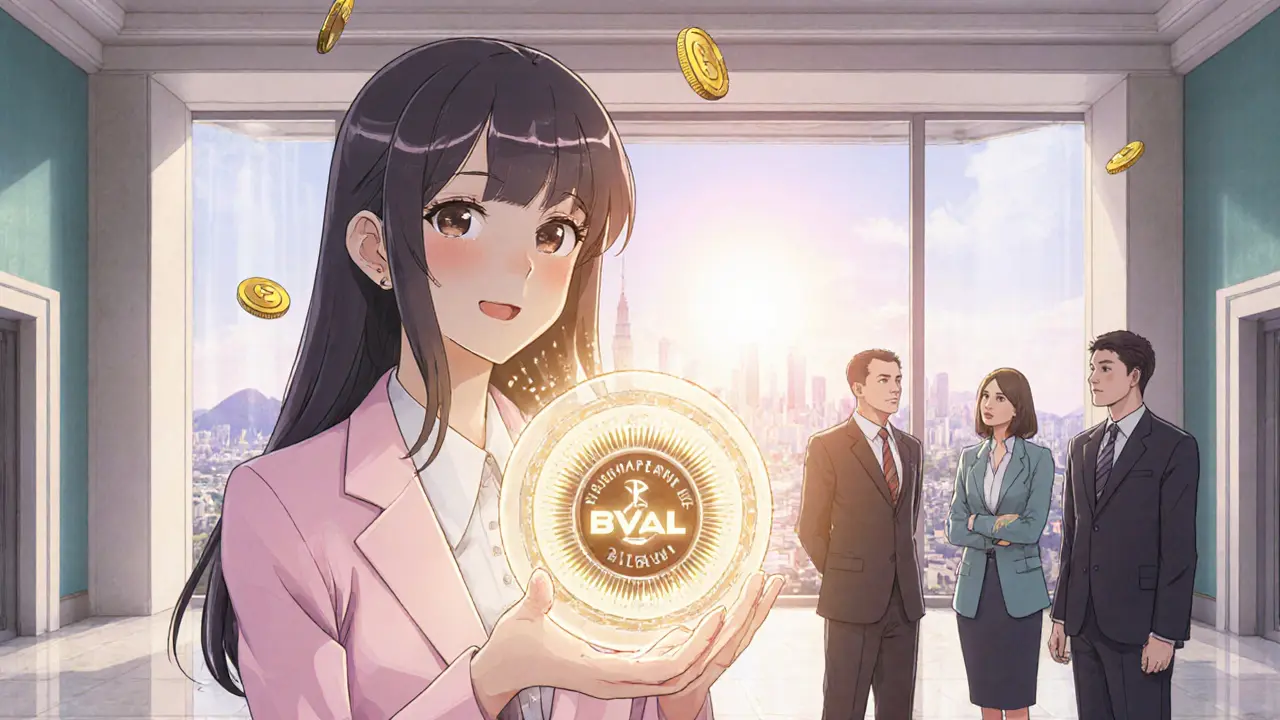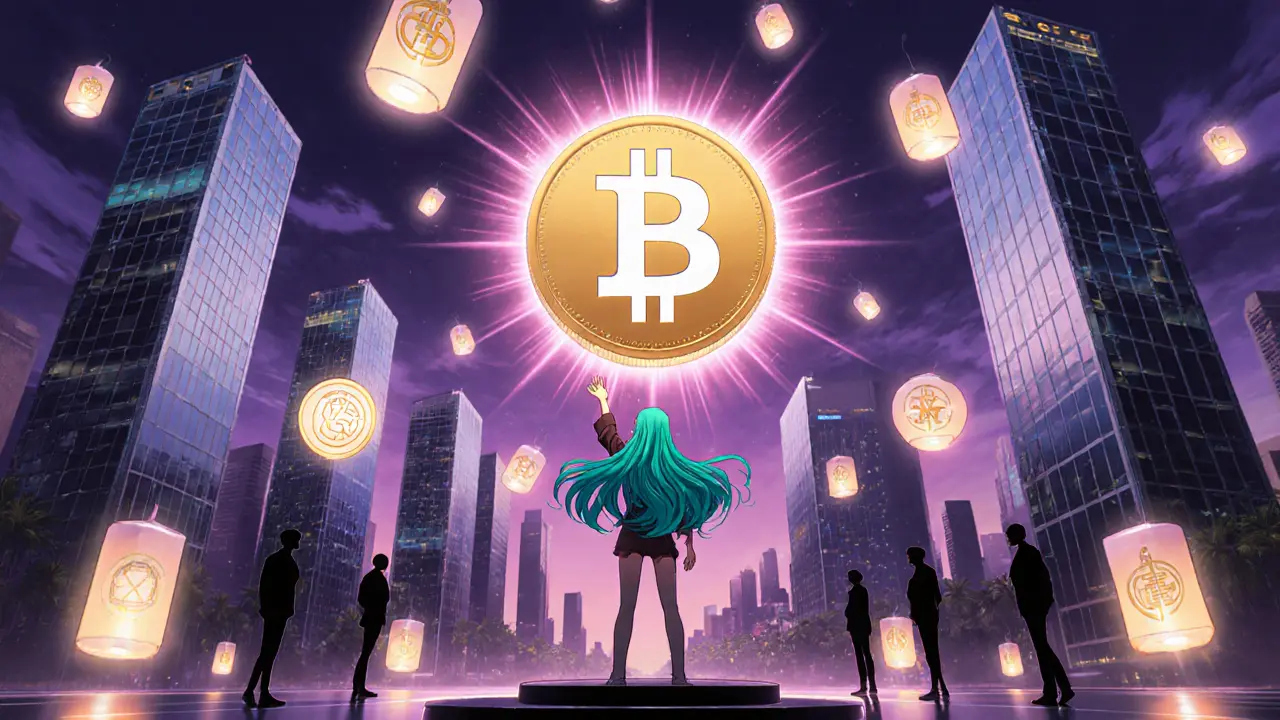Brazil Crypto Regulations and Consumer Protection Laws Explained

Brazil VASP License Checker
Check Your Crypto Platform Compliance
Verify if a crypto service provider is licensed by Brazil's Central Bank of Brazil (BCB). Only licensed platforms are allowed to serve Brazilian users under BVAL (Law No. 14.478/2022).
Key Takeaways
- Law No14.478/2022 (BVAL) creates the core legal framework for crypto in Brazil.
- The Central Bank of Brazil (BCB) is the primary regulator, supported by CVM and COAF.
- All Virtual Asset Service Providers (VASPs) must obtain BCB authorization and follow strict AML/KYC rules.
- Consumer protection rests on licensing, mandatory reporting, and the Regulatory Sandbox.
- Stablecoins dominate transaction volume, prompting focused oversight and upcoming token‑isation rules.
Brazil has moved from a gray‑area approach to a fully regulated crypto market. If you are a trader, an exchange, or simply a curious user, you need to know which laws apply, what compliance steps are required, and how consumer safety is built into the system. This guide unpacks the Brazilian Virtual Assets Law, the role of the Central Bank, and the emerging consumer‑protection safeguards.
What is the Brazilian Virtual Assets Law (BVAL)?
Brazilian Virtual Assets Law (BVAL) is a statute enacted on 21December2022 (Law No14.478/2022) that defines virtual assets, sets licensing rules for service providers, and outlines AML/KYC obligations. The law took effect on 20June2023, giving the Central Bank of Brazil a clear mandate to supervise the whole crypto ecosystem.
The BVAL classifies cryptoassets as “digital assets” rather than legal tender, which means they are recognised as property for tax and contractual purposes while remaining outside the official money supply.
Regulatory Landscape: Who Does What?
Brazil’s oversight model is deliberately multi‑layered. Three agencies share responsibility:
| Agency | Primary Focus | Key Powers |
|---|---|---|
| Central Bank of Brazil (BCB) | Monetary policy, VASP licensing, stablecoin supervision | Grant licences, enforce AML/KYC, run Regulatory Sandbox, issue fines |
| Comissão de Valores Mobiliários (CVM) | Securities regulation, token‑isation of securities | Approve token‑sale prospectuses, enforce securities law on crypto assets |
| Conselho de Controle de Atividades Financeiras (COAF) | Financial crime prevention | Receive suspicious activity reports, coordinate investigations |
Each body publishes its own set of rules, but they all reference the BVAL as the legal backbone.
Getting Licensed: Steps for Virtual Asset Service Providers (VASPs)
If you run an exchange, wallet service, or any platform that lets Brazilians buy, sell, or store crypto, you must follow a clear licensing pathway:
- Register your legal entity with the Central Bank’s Cadastro de Intermediários (CIB) system.
- Submit a detailed compliance program covering AML, KYC, transaction monitoring, and data‑privacy.
- Undergo a background check of key executives and owners - COAF screens for links to organized crime.
- Receive a provisional licence after the BCB reviews your documentation (typically 30‑60days).
- Operate under the licence while periodically filing activity reports and suspicious‑transaction alerts.
Non‑compliance can trigger fines up to 20% of monthly revenue and, in severe cases, licence revocation.

Consumer Protection Mechanisms
Brazil does not have a separate “crypto consumer protection law”. Instead, safety is built into the licensing regime:
- Licensing requirement: Only authorised VASPs can legally serve Brazilian users, keeping rogue platforms off the market.
- AML/KYC records create a traceable paper trail that assists users in dispute resolution and fraud investigations.
- The Regulatory Sandbox allows novel services (e.g., cross‑border token swaps) to be tested under close supervision before full rollout.
- COAF’s mandatory reporting of suspicious activity gives authorities a tool to intervene quickly when fraud is detected.
For everyday users, the most practical tip is to verify that a platform displays its BCB licence number on its website or app.
Stablecoins: The Heartbeat of Brazil’s Crypto Market
Data from the Central Bank shows that stablecoins account for roughly 90% of all crypto transaction volume in Brazil. This dominance has pushed regulators to focus on two fronts:
- Defining clear criteria for what qualifies as a “stablecoin” (collateral type, audit frequency, redemption rights).
- Preparing a dedicated oversight framework slated for early2025 that will require issuers to register with the BCB and publish regular reserve reports.
Because stablecoins are used for payments, payroll, and even government‑disbursement pilots, the BCB treats them as part of the country’s payment‑system infrastructure.
Upcoming Rules and How They May Affect You
Several consultations are in the pipeline:
- Tokenisation framework (CVM) - public consultation ends September2025; will set standards for security tokens, fractionalised real‑estate tokens, and other asset‑backed tokens.
- Foreign‑exchange regulations (BCB) - introduced 24September2025, affecting crypto platforms that facilitate cross‑border fiat transfers. A $10,000 transaction cap and mandatory reporting of all foreign‑exchange‑linked crypto trades are proposed.
- Drex platform rollout - the BCB’s distributed‑ledger pilot for tokenised bank deposits is expanding to include loan‑tokenisation by Q22026.
Staying on top of these consultations is essential. Most agencies publish their drafts on official portals and invite comments; participating early can shape the final rules.

How Brazil’s Approach Differs From the United States
While the U.S. adopts a “light‑touch” stance for many crypto services, Brazil treats the sector as a strategic component of its financial system. The contrast shows up in three ways:
- Brazil equips its regulators with explicit licensing powers for every VASP; the U.S. relies on a patchwork of state licences and ambiguous federal guidance.
- Stablecoin oversight is a top‑priority in Brazil, whereas the U.S. focuses more on securities classification.
- Brazil’s Regulatory Sandbox is a formal, BCB‑run program, while U.S. sandbox initiatives are limited to a handful of states.
For global firms, this means you need separate compliance playbooks for Brazil and the U.S., even if the underlying technology is identical.
Practical Checklist for Crypto Companies Operating in Brazil
- Confirm BCB licence number and display it prominently.
- Implement AML/KYC workflows that capture full name, CPF (Brazilian tax ID), and address verification.
- Set up automatic reporting to COAF for transactions exceeding R$30,000 (≈$6,000).
- Review the latest BCB draft on foreign‑exchange‑linked crypto trades before launching any cross‑border service.
- Engage legal counsel familiar with both BVAL and CVM token‑isation proposals.
Following this list helps you avoid fines, protect users, and keep your operations agile as the regulatory landscape evolves.
Future Outlook: 2025‑2026 and Beyond
The BCB has placed virtual assets high on its 2025‑2026 agenda, signalling sustained government interest. Expect:
- Finalised stablecoin‑oversight rules by mid‑2025.
- Publication of detailed VASP operating guidelines (post‑Feb2025 consultation).
- Expansion of the Drex pilot to include tokenised municipal bonds.
These moves will likely cement Brazil’s reputation as Latin America’s most regulated crypto market, inviting more institutional participation while keeping consumer risk in check.
Frequently Asked Questions
Is cryptocurrency legal in Brazil?
Yes. Cryptoassets are recognised as digital assets under the Brazilian Virtual Assets Law. They are legal to own, trade, and use, but all service providers must be licensed by the Central Bank.
Do I need a licence to run a crypto exchange in Brazil?
Yes. Any entity offering exchange, custody, or payment services involving crypto must obtain a VASP licence from the Central Bank of Brazil and comply with AML/KYC rules.
What are the main consumer‑protection safeguards?
Protection comes from the licensing regime, mandatory transaction monitoring, and COAF’s requirement to report suspicious activity. Users should only deal with platforms displaying a valid BCB licence.
How will the new foreign‑exchange rules affect crypto platforms?
The draft caps any foreign‑exchange‑linked crypto transaction at $10,000 and forces platforms to submit detailed transaction data to the Central Bank. Companies that move large sums across borders may need an additional forex licence.
When will stablecoin‑specific regulations be finalised?
The Central Bank aims to publish the final stablecoin framework in early 2025, following the public consultation that ends in November 2025.
Deborah de Beurs
Wow, Brazil just went full‑tilt on crypto like it’s the next oil rush – they’ve slapped a licence on every exchange and are hunting down the bad actors with the ferocity of a jungle‑cat on a mouse. The BVAL isn’t some half‑baked experiment; it’s a concrete legal scaffolding that tells VASPs exactly how to play nice. If you thought the U.S. was the wild west, Brazil’s got a sheriff now, and the sheriff’s name is Central Bank. The sandbox is basically a playground with a metal fence, and anyone who tries to jump over gets a fine that could eat up a month’s revenue. Bottom line: if you want to survive in the Brazilian market, get that BCB licence and keep your AML/KYC docs tighter than a drum.